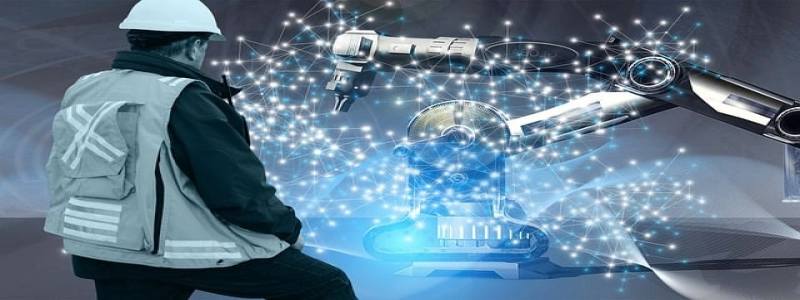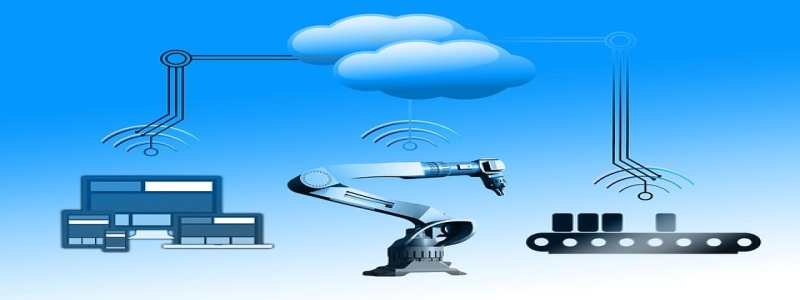Cat5 Ethernet Cable
Introduction
I. What is Cat5 Ethernet Cable?
A. Definition and Purpose
B. Why is it called Cat5?
II. Advantages of Cat5 Ethernet Cable
A. High Speed
B. Cost-effective
C. Versatility
III. Types of Cat5 Ethernet Cable
A. Cat5e
1. Improved Performance
2. Compatibility
B. Cat5
1. Original Cat5 Standard
2. Limitations
IV. Installation and Usage
A. How to Install Cat5 Ethernet Cable
B. Where Can Cat5 Ethernet Cable Be Used?
C. Examples of Cat5 Ethernet Cable Applications
V. Cat5 vs. Cat6 Ethernet Cable
A. Comparison of Speed and Performance
B. Cost and Availability
C. Choosing the Right Cable
Conclusion
Introduction
Cat5 Ethernet cable, also known as Category 5 cable, is a widely used type of networking cable. It plays a crucial role in providing high-speed data transmission and connectivity in various networking environments. This article will explore the features and advantages of Cat5 Ethernet cable, as well as its installation process and uses.
I. What is Cat5 Ethernet Cable?
A. Definition and Purpose
Cat5 Ethernet cable is a type of twisted pair cable that is used to transmit data signals over Ethernet networks. It consists of four pairs of copper wires, which are tightly twisted to reduce interference and improve signal quality. The primary purpose of Cat5 Ethernet cable is to facilitate communication between devices, such as computers, routers, and modems, by transmitting digital data.
B. Why is it called Cat5?
The term \”Cat5\” is an abbreviation for Category 5. It was standardized by the Electronic Industries Alliance/Telecommunications Industry Association (EIA/TIA) to establish a benchmark for Ethernet cable performance. The number 5 indicates its generation, with each subsequent generation introducing improved features and capabilities.
II. Advantages of Cat5 Ethernet Cable
A. High Speed
Cat5 Ethernet cable offers a maximum data transmission speed of 1000 Mbps or 1 Gbps, making it suitable for most home and small office networks. It is capable of handling high-bandwidth applications, such as video streaming, online gaming, and file sharing, with minimal latency.
B. Cost-effective
Compared to newer cable standards, Cat5 Ethernet cable is more affordable and widely available. It provides a cost-effective solution for creating Ethernet connections, especially for shorter distances. For most everyday networking needs, Cat5 Ethernet cable is sufficient and offers an excellent price-performance ratio.
C. Versatility
Cat5 Ethernet cable supports various networking technologies, including Ethernet, Fast Ethernet, and Gigabit Ethernet. It is backward compatible, meaning it can be used with devices that require older Ethernet standards. Its versatility makes it suitable for both residential and commercial applications.
III. Types of Cat5 Ethernet Cable
A. Cat5e
1. Improved Performance
Cat5e (Category 5 enhanced) is an upgraded version of Cat5 Ethernet cable. It features improved performance characteristics, such as higher data transfer rates, reduced crosstalk, and better signal integrity. Cat5e is backward compatible with Cat5 and is highly recommended for new installations.
2. Compatibility
Cat5e cables are compatible with Cat5 RJ-45 connectors, making them easy to integrate into existing network infrastructure. The improved performance of Cat5e allows for better reliability and fewer data transmission errors.
B. Cat5
1. Original Cat5 Standard
Cat5 is the original standard for Cat5 Ethernet cable. While it offers reliable performance for most common networking applications, it has limitations compared to Cat5e. Cat5 cables are suitable for networks with lower bandwidth requirements and shorter cable runs.
2. Limitations
Cat5 Ethernet cable has a lower data transfer rate compared to Cat5e, providing a maximum speed of 100 Mbps. It may not be suitable for high-bandwidth applications or industry-standard Gigabit Ethernet networks.
IV. Installation and Usage
A. How to Install Cat5 Ethernet Cable
Installing Cat5 Ethernet cable involves connecting the cable to Ethernet jacks or connectors on devices. It requires the use of appropriate tools, such as crimping tools and cable strippers, to properly terminate the cable connections. It is essential to follow the proper wiring standards, such as T568A or T568B, to ensure the cable functions correctly.
B. Where Can Cat5 Ethernet Cable Be Used?
Cat5 Ethernet cable can be used in various networking environments, including:
– Home networks
– Small office networks
– Educational institutions
– Retail stores
– Data centers
– Industrial settings
C. Examples of Cat5 Ethernet Cable Applications
– Connecting computers to routers or modems
– Setting up local area networks (LANs) within a building
– Wiring Ethernet ports in office cubicles
– Interconnecting networking equipment, such as switches and access points
V. Cat5 vs. Cat6 Ethernet Cable
A. Comparison of Speed and Performance
Cat6 Ethernet cable supports higher data transfer rates and offers improved performance compared to Cat5. It provides a maximum speed of 10 Gbps and has better resistance to crosstalk and interference. Cat5, on the other hand, is limited to 1 Gbps and may experience more signal degradation.
B. Cost and Availability
Cat6 Ethernet cable is generally more expensive than Cat5, primarily due to its enhanced features. However, the cost difference has significantly decreased over the years, making Cat6 more accessible and affordable. Both Cat5 and Cat6 cables are readily available in various lengths and colors.
C. Choosing the Right Cable
When deciding between Cat5 and Cat6, it is important to consider your specific networking needs and budget. If you require higher speeds and plan to future-proof your network, Cat6 might be the better choice. However, if cost-efficiency is a priority and your network does not require the maximum speed offered by Cat6, Cat5 can still provide reliable connectivity.
Conclusion
Cat5 Ethernet cable is a versatile and cost-effective solution for establishing Ethernet connections in various networking environments. Its high-speed capabilities, affordability, and compatibility make it a popular choice for home and small office networks. By understanding the different types of Cat5 Ethernet cable and considering factors such as installation and usage requirements, users can make informed decisions when selecting the right cable for their networking needs.








